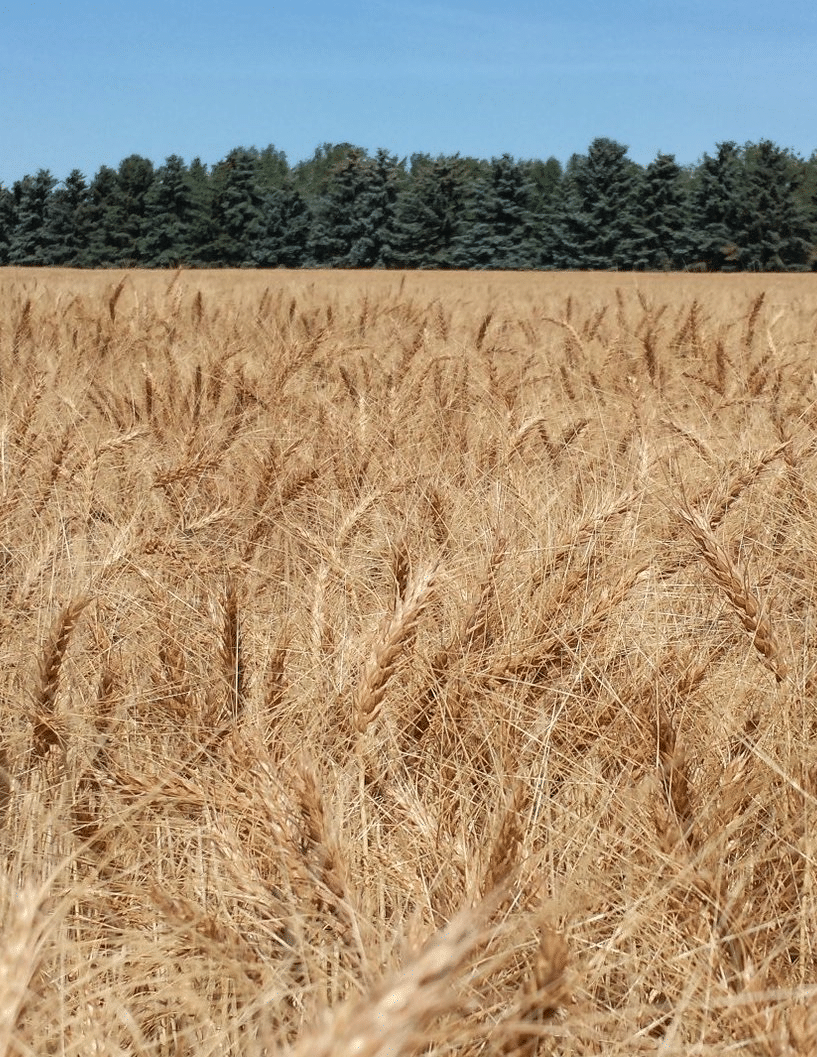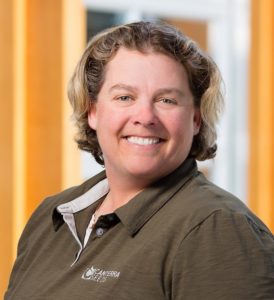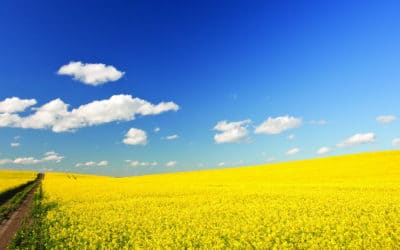New tools and techniques influence how new varieties are developed and can also shave a little off the timeline.
The development of new crop varieties in Canada and elsewhere is a matter of what farmers want and need, but also what consumers want and need. So says Trent Whiting, marketing representative at SeCan.
“You have to listen to what farmers want, and of course they want everything – great disease package, high yield, strong straw and so on – and we also have to look at end uses,” he explains. “We are always looking to provide the best performance we can for farmers, and there are also regional differences in how a variety will perform as well. We try to work with breeding partners to address that too.”
Canterra Seeds also gathers information from numerous sources in the process of selecting new varieties, including industry information such as variety performance records, data from breeders and input both from seed growers and farmers.
“Canterra Seeds has made it a priority to determine the needs of our customers, which include both farmers and end-users, as you need to meet everyone’s needs to be successful,” says Colette Prefontaine, pedigreed seed territory manager with Canterra. “If a variety is high-yielding, for example, but doesn’t have the quality that processors are looking for, they won’t buy it. Conversely, if a variety has a unique quality attribute but has terrible standability, farmers won’t grow it. Both sets of needs matter.”
While the breeding process is very similar to what it was decades ago, it has also changed in some ways over the last few years.
“The change that stands out for me is that breeders are able to communicate directly with farmers through social media and the internet,” says Whiting. “Information flow is so much better, with real-world feedback coming in from farmer or end-use customers faster than ever. I saw a tweet the other day from one of our members praising a new winter wheat variety he was growing and the breeder responded directly to him right away. It’s amazing to see that direct communication. It’s unprecedented. It’s fantastic that we are all working together to fine-tune the right variety for the right place, working together to make a variety succeed… with breeders getting feedback right from early stage germplasm through all the other stages.”
Prefontaine agrees there has been a definite shift to more direct connection and two-way influence. “There is a lot of communication between all parties, and in fact, at Canterra, we have staff dedicated to fostering these relationships and ensuring a constant information flow,” she notes. “I was sitting on a combine the other day with a seed grower who is connected directly with a processor in his area. This type of direct connection results in a greater level of specialization and the existence of more variety-specific attributes, all of which helps meet the needs of both the grower and the end-user.”
Caroline Lafontaine, managing director of communications and member services with the Canadian Seed Growers’ Association (CGSA), notes there has also been a change in the last decade in the way food companies are working to a greater degree with breeders on end-use attributes.
“Food companies are working with plant breeders, and investing in research to develop seed varieties that will create ingredients that can reliably delivery improved texture, flavour, nutritional characteristics and appearance to help them distinguish their food product from their competitors,” she says. This could include “different barley varieties to provide different flavour profiles for beer, specific wheat varieties for increased crisp in crackers, or different soybean varieties to produce varying textures, firmness and flavour profiles for tofu.”
Breeding to Commercialization
Commercialization of a new variety is quite a long process with many stages. The selection process can start with over one million lines, notes Whiting (see graphic) and typically lasts 12 or more years. Part of that process takes place after breeder seed release. After that point, says Prefontaine, it typically takes three or four years of multiplication in the certification process before seed gets to the certified stage and is available for widespread commercial release.
“At the very beginning, you do lots of crosses and then select again and again from those crosses as you go along,” says Whiting. “The more crosses you have, the more you have to select from; but the more crosses you have, the more you have to manage and the costs are higher. It’s getting common nowadays to speed up the process through contra-season growing trials in places like California and New Zealand, and that’s costly in terms of shipping germplasm and staff and can be complex in working out arrangements for land use, but can be cost-effective in the end. It can shave down the entire process to nine or 10 years instead of it taking 13 or 14.”
The other costly requirements that go into the development of pedigreed seed are not likely to change. “The cost involves the innovation with the genetics and then the actual production of the seed, the land use requirements, cleaning, all that and a little bit of margin for doing that,” Whiting notes.
Adds Lafontaine: “To an outsider, seed production may seem like growing any other crop, but seed growers must ensure that their seed crop meets high standards for varietal and mechanical purity. This involves continuous monitoring and quality management in the field as well as rigorous cleaning and grading post-harvest. It also involves significant regulatory oversight, including third-party inspection, establishment audits and post-harvest testing before the official blue certified seed tag can be applied.”
She says seed growers work tirelessly to ensure their seed crops are as pure and true to its varietal identity as it can be, which can mean rogueing the crop to remove other crop kinds, impurities or weeds, sanitizing seeding and harvesting equipment between varieties to remove possible contamination from other crop kinds, or segregating different varieties and classes of pedigreed seed in separate storage bins. The entire process must also be well documented for traceability purposes.
“While market demand and supply ultimately determine the price of all seed, the generally higher cost of pedigreed seed reflects, among other factors, the significant investment of seed growers in quality control and in meeting regulatory requirements,” says Lafontaine. “This, in turn, buys the farmer a guaranteed level of quality assurance, backed up by the blue tag, and provides one of the best risk management tools available.”
Prefontaine echoes the sentiments. “When you buy pedigreed seed, you are investing with that purchase in technology, quality and traceability,” she says. “You are contributing to the entire investment required in bringing new innovations forward, and playing an important role in ensuring a strong the future for Canadian crop production for years to come.”








